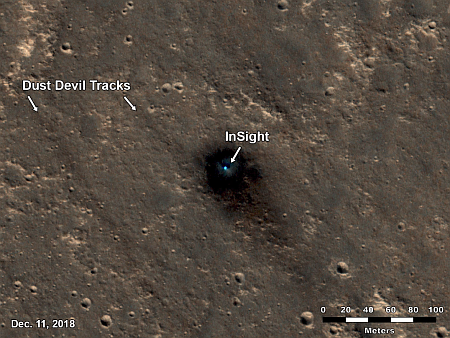New computer simulations suggest Saturn’s rings are not young but formed at the same time as the solar system
The uncertainty of science: Scientists doing computer simulations now posit that Saturn’s rings are not young, between 100 to 400 million years old as has been believed for the last few decades, but formed instead when Saturn formed, 4.6 billion years ago.
You can read their paper here [pdf].
The young age had been based on data from the Cassini orbiter, which showed the ring particles to be very bright and clean. If old those particles would have been darker as they accumulated dust over time on their surface. The new computer simulations suggest a process whereby those particles get “cleaned,” thus making it possible for the rings to be very old, possibly as old as Saturn itself.
Must I point out the uncertainties? The paper itself admits in its abstract “uncertainties in our models that assume no porosity, strength, or ring particle granularity.” Seems these assumptions make the conclusions very uncertain indeed.
Then again, the previous young estimates of the age of the rings had many similar assumptions and uncertainties. Essentially, we don’t have enough information to make any definitive determinations.
The uncertainty of science: Scientists doing computer simulations now posit that Saturn’s rings are not young, between 100 to 400 million years old as has been believed for the last few decades, but formed instead when Saturn formed, 4.6 billion years ago.
You can read their paper here [pdf].
The young age had been based on data from the Cassini orbiter, which showed the ring particles to be very bright and clean. If old those particles would have been darker as they accumulated dust over time on their surface. The new computer simulations suggest a process whereby those particles get “cleaned,” thus making it possible for the rings to be very old, possibly as old as Saturn itself.
Must I point out the uncertainties? The paper itself admits in its abstract “uncertainties in our models that assume no porosity, strength, or ring particle granularity.” Seems these assumptions make the conclusions very uncertain indeed.
Then again, the previous young estimates of the age of the rings had many similar assumptions and uncertainties. Essentially, we don’t have enough information to make any definitive determinations.











